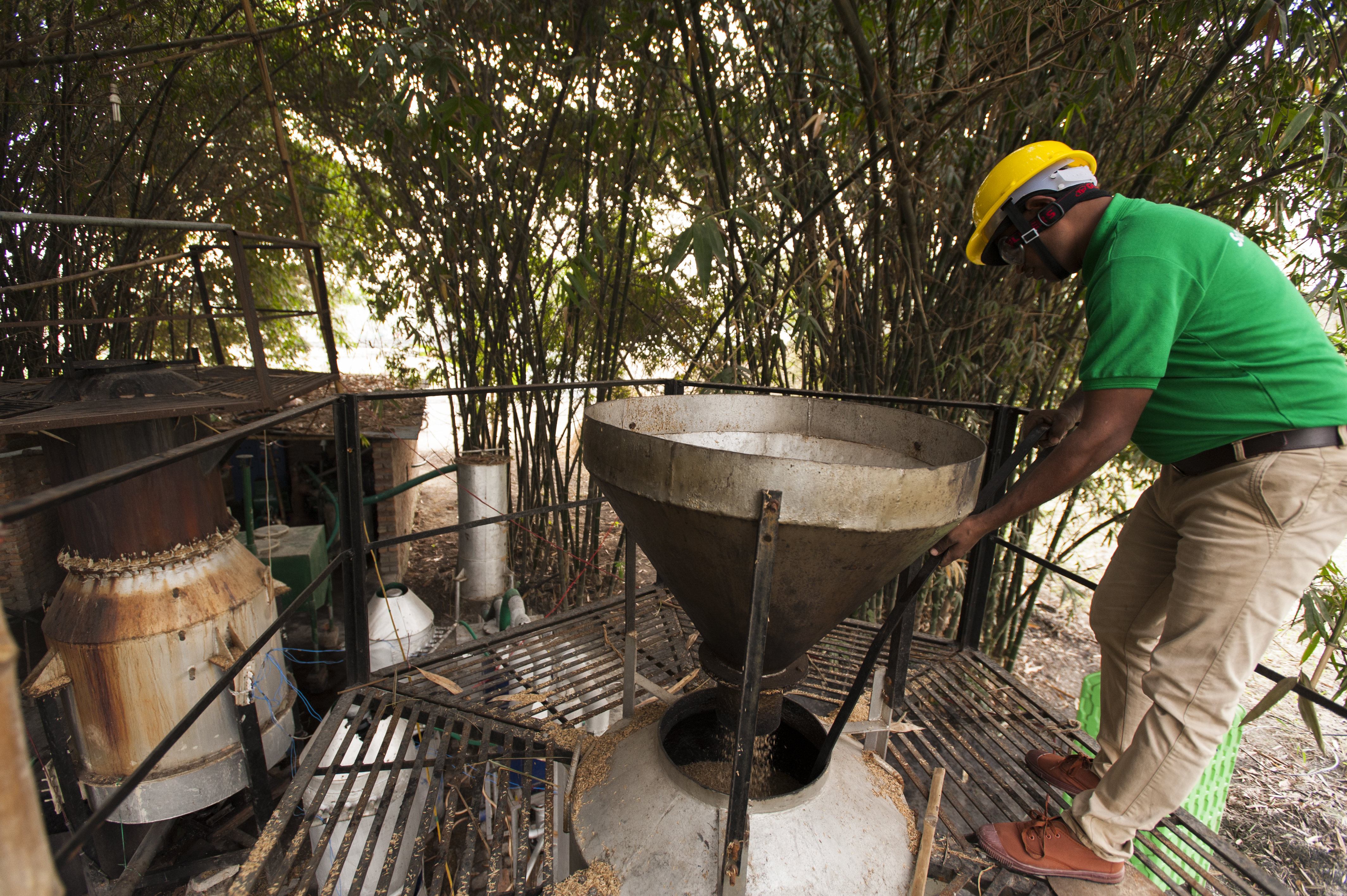From mini-grids to off-grid utilities
SF’s first experience in the mini-grid sector dates back to 2008, supporting Husk Power with a biomass mini-grid model in rural India. Based on customer demand for reliable power, SF worked with Husk to develop a customer-centric utility model to deliver 24/7 A/C power to customers in Bihar, India. The importance of customer-level data and smart meters to run these types of models led to a new partnership with SparkMeter in 2015 to develop an affordable, smart metering solution specifically designed for the remote off-grid sector.
Over time, we have nurtured a portfolio of partners to improve the viability of mini-grids by lowering costs to serve and accessing blended capital, resulting in the creation of Odyssey Energy Solutions, an IT platform to effectively and transparently deploy donor funding and provide asset monitoring services to investors (in partnership with our long-standing incubation partner Factor[e] Ventures). We also supported the creation of a new project equity facility specifically for mini-grids with Cross Boundary Energy Access (CBEA) and the creation of the African Mini-grid Developers Association (AMDA) to align the sector’s voice in Africa, share market data and support policy-makers and investors.
In recent years, the sector has made substantial progress towards better understanding the market opportunity of the sector positioned to serve 100 million people in Africa alone. The private sector has started to coordinate through AMDA to align messaging on policy and financing needs and promising progress has been made with large programmes committed to mini-grids from the World Bank and the Africa Development Bank.
Despite this, and factoring in continued innovation and growth of existing models, research with Catalyst Off Grid Advisors (2017) shows that the UN Sustainable Development Goal for universal energy access (SDG7) will be missed by more than 100 million households. This reality spurred our continued search for more integrated utility-type models which can deliver services to both on- and off-grid customers in both urban and rural areas.

An engineer works on a Husk plant platform
